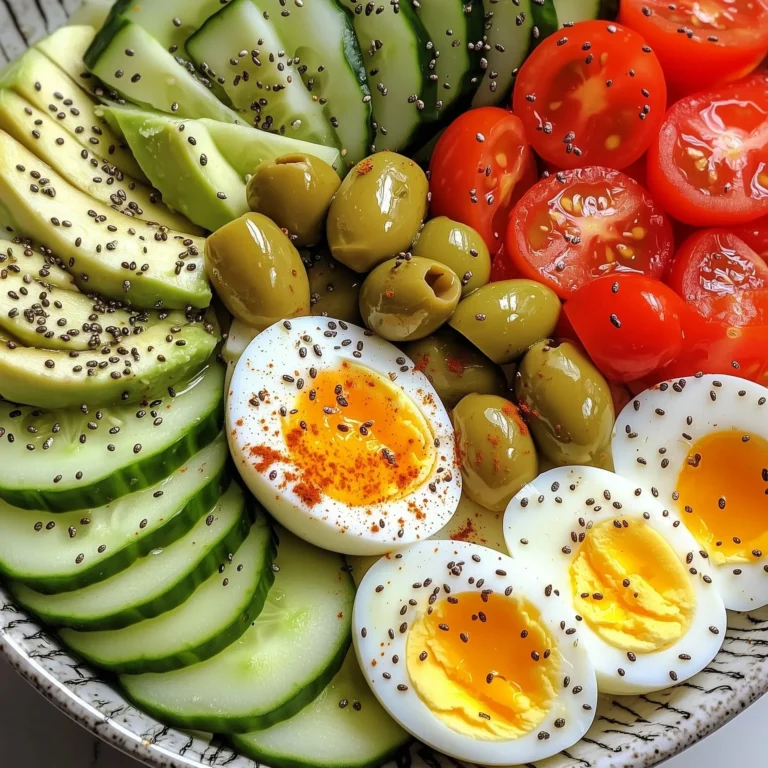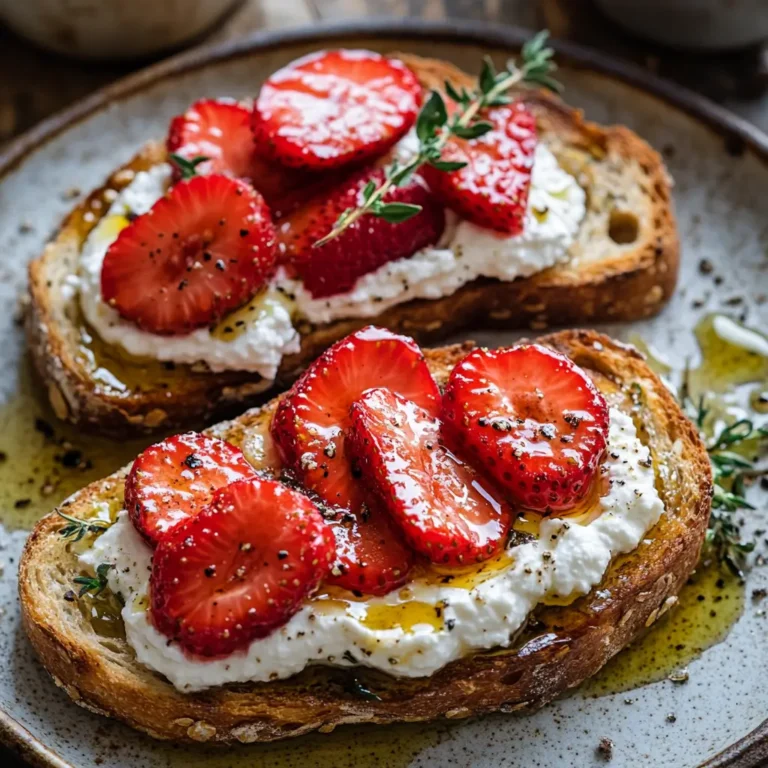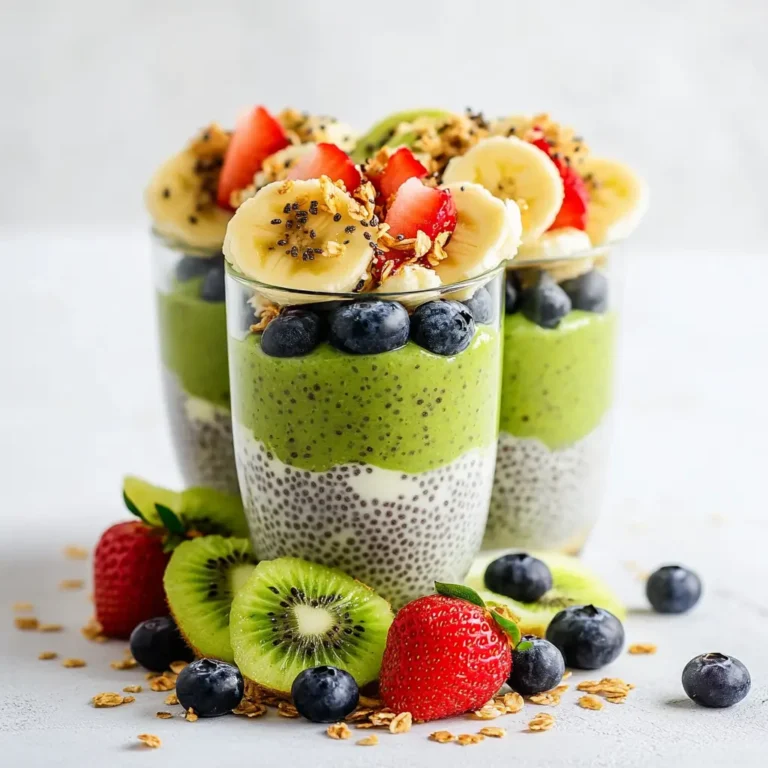Follow Me On Social Media!

Introduction to Persian Muffins
Persian muffins are a delightful fusion of traditional muffin texture and the rich, aromatic flavors of Persian cuisine. Infused with ingredients like saffron, cardamom, and rosewater, these muffins offer a unique taste experience, blending sweet, floral, and slightly spiced notes. Topped with crunchy pistachios and a subtle fragrance of saffron, Persian muffins are perfect for breakfast, tea time, or even as a light dessert.
What makes these muffins stand out is their distinct Persian flavor profile, which draws from the country’s centuries-old culinary traditions. By incorporating saffron for its earthy aroma, cardamom for warmth, and rosewater for a floral touch, Persian muffins are an elegant twist on a familiar treat. Whether you’re looking for a new muffin recipe to impress guests or want to explore Persian flavors in your baking, these muffins are sure to delight your senses.
Ingredients for Persian Muffins
To make these aromatic Persian muffins, you’ll need a mix of traditional baking ingredients alongside some unique Persian flavors. Here’s what you’ll need:
- All-Purpose Flour (1 ½ cups): The base for the muffins, giving them structure and fluffiness.
- Sugar (½ cup): Adds sweetness, balancing the floral and spiced notes.
- Baking Powder (1 ½ tsp): Provides the rise and helps keep the muffins light and airy.
- Saffron (a pinch): A small amount of saffron, bloomed in warm water, gives the muffins their distinct color and a delicate, earthy flavor.
- Ground Cardamom (1 tsp): Adds a warm, slightly citrusy spice that complements the sweetness of the muffins.
- Rosewater (1 tsp): Adds a subtle floral note, making the muffins fragrant and aromatic.
- Pistachios (¼ cup, chopped): For a nutty crunch on top and inside the muffins, pistachios are a signature ingredient in Persian desserts.
- Eggs (2 large): Provides structure and moisture.
- Milk (½ cup): Keeps the muffins moist while blending the flavors.
- Unsalted Butter (½ cup, melted): Adds richness and flavor to the muffins.
- Vanilla Extract (1 tsp): Enhances the sweetness and rounds out the flavors.
- Salt (¼ tsp): Balances the sweetness and helps intensify the other flavors.
These ingredients come together to create soft, flavorful muffins that are fragrant with saffron and cardamom, with a subtle crunch from the pistachios. Persian muffins are a perfect blend of familiar baking staples and the exotic spices that define Persian cuisine.
Step-by-Step Guide: How to Make Persian Muffins
Follow this easy, step-by-step guide to create delicious and aromatic Persian muffins. The combination of saffron, cardamom, and rosewater will transport your taste buds to the heart of Persian cuisine.
Bloom the Saffron
- Crush a pinch of saffron threads in a small bowl using a mortar and pestle or the back of a spoon.
- Add 1 tablespoon of warm water to the saffron and let it bloom for 5-10 minutes. This will release the vibrant color and earthy flavor of the saffron.
Prepare the Dry Ingredients
- In a large bowl, whisk together the all-purpose flour, baking powder, ground cardamom, and salt. Make sure the dry ingredients are well combined and set aside.
Combine the Wet Ingredients
- In another bowl, whisk the eggs, sugar, melted butter, and milk until the mixture is smooth and fully combined.
- Add the bloomed saffron (along with the liquid), rosewater, and vanilla extract to the wet ingredients, stirring gently to mix the flavors evenly.
Mix the Wet and Dry Ingredients
- Gradually add the dry ingredients to the wet ingredients, mixing gently with a spatula. Be careful not to overmix—just fold the batter until it comes together. Overmixing can make the muffins dense.
Add Pistachios
- Fold half of the chopped pistachios into the batter, reserving the other half to sprinkle on top of the muffins before baking. The pistachios inside the muffins will provide a delightful crunch.
Fill Muffin Tin and Bake
- Preheat the oven to 350°F (175°C).
- Line a muffin tin with paper liners or grease the tin with butter. Fill each muffin cup about ¾ full with the batter.
- Sprinkle the reserved chopped pistachios on top of each muffin.
- Bake for 18-20 minutes, or until a toothpick inserted in the center of a muffin comes out clean.
Cool and Serve
- Let the muffins cool in the tin for 5 minutes, then transfer them to a wire rack to cool completely. Serve warm with a cup of Persian tea or as a delightful addition to any meal.
Persian Flavors Explained
- Saffron
- Saffron, often referred to as “red gold,” is one of the most precious spices in the world. Its distinctive aroma and bright color add an earthy richness to the muffins. In Persian cooking, saffron is used in both sweet and savory dishes, from rice to desserts, and it’s an essential ingredient in these muffins. Blooming the saffron in warm water releases its full flavor potential, infusing the batter with an unmistakable Persian touch.
- Cardamom
- Cardamom is another key spice in Persian desserts. With its slightly citrusy, warm flavor, cardamom adds depth and complexity to baked goods. In these muffins, cardamom complements the floral notes of the rosewater and the richness of the saffron, creating a harmonious balance of flavors. Cardamom is commonly found in Persian sweets like baklava and spiced teas.
- Rosewater
- Rosewater brings a delicate floral aroma to the muffins, making them fragrant and elegant. In Persian cooking, rosewater is often used in desserts like rice pudding (sholeh zard) and baklava, as well as in beverages. A little goes a long way, so only a small amount is needed to perfume the muffins without overpowering the other flavors.
- Pistachios
- Pistachios are a classic ingredient in Persian cuisine, often used in desserts like baklava and nougat. In these muffins, they add a rich, nutty crunch that contrasts beautifully with the soft, fluffy texture of the batter. The bright green color of the pistachios also adds visual appeal, making the muffins as beautiful as they are delicious.
These flavors come together to create muffins that are rich, aromatic, and truly representative of Persian culinary traditions. Every bite brings a unique combination of earthy saffron, warm cardamom, and floral rosewater, with the pistachios adding a delightful texture.
Creative Variations of Persian Muffins
If you want to experiment with your Persian muffins, here are some creative variations that you can try. These alternatives incorporate different flavors and textures while keeping the essence of Persian cuisine intact:
- Saffron and Orange Muffins
- Add a refreshing twist by incorporating orange zest and juice into the batter. The bright citrus flavors pair beautifully with the earthy saffron and warm cardamom. Simply add the zest of one orange and swap ¼ cup of the milk for freshly squeezed orange juice.
- Date and Walnut Muffins
- For a heartier muffin, fold in chopped dates and walnuts. The natural sweetness of the dates complements the floral notes of rosewater, while the walnuts provide a crunchy texture. This variation is inspired by Persian date desserts and adds a rich, nutty flavor.
- Rose Pistachio Muffins
- Highlight the classic Persian combination of rose and pistachios by increasing the amount of rosewater to 2 teaspoons and adding a touch of rose syrup if you like a sweeter muffin. Garnish with edible dried rose petals and chopped pistachios for a beautiful, aromatic muffin perfect for special occasions.
- Coconut and Cardamom Muffins
- Swap out the pistachios for shredded coconut and enhance the tropical sweetness with a hint of cardamom. Coconut adds a rich texture, making the muffins slightly denser and more decadent.
- Gluten-Free Persian Muffins
- If you’re gluten intolerant, you can easily make this recipe gluten-free by using a gluten-free all-purpose flour blend. Ensure the blend contains xanthan gum for structure. With the fragrant saffron, cardamom, and rosewater, the muffins will still be full of flavor, even without gluten.
These variations allow you to enjoy different flavors and textures while keeping the Persian-inspired elements front and center. Whether you want something sweeter, nuttier, or more fragrant, these adaptations give you the flexibility to create a muffin that’s uniquely yours.
Health Benefits of Saffron, Cardamom, and Pistachios
In addition to their incredible flavor, the ingredients in Persian muffins—saffron, cardamom, and pistachios—offer a range of health benefits that make these muffins not only delicious but nutritious too.
- Saffron
- Saffron is renowned for its antioxidant properties. Rich in compounds like crocin and safranal, saffron helps fight oxidative stress, which can reduce inflammation and support overall health. Studies suggest that saffron may help improve mood, reduce symptoms of depression, and even enhance memory. In Persian culture, saffron has been used for centuries for both its culinary and medicinal properties, making it a valuable addition to these muffins.
- Cardamom
- Cardamom is a spice that not only adds warmth and complexity to dishes but also has digestive benefits. It can help soothe the stomach, relieve indigestion, and even freshen breath. Cardamom is also rich in antioxidants and has anti-inflammatory effects, which may contribute to better heart health. Regular consumption of cardamom can support digestive health and may have positive effects on cholesterol levels and blood pressure.
- Pistachios
- Pistachios are a nutrient-dense nut packed with healthy fats, fiber, and protein. They are also a great source of vitamins and minerals, including vitamin B6, potassium, and magnesium. The healthy fats in pistachios promote heart health, and their fiber content aids digestion and helps keep you feeling full. Additionally, pistachios contain antioxidants like lutein and zeaxanthin, which are beneficial for eye health. Including pistachios in your diet can be a tasty way to boost your intake of important nutrients.
Together, these ingredients not only enhance the flavor of Persian muffins but also contribute to a range of health benefits, making them a more wholesome treat.
Serving Suggestions and Pairings
Persian muffins are versatile and can be enjoyed on a variety of occasions, from breakfast to dessert. Here are some serving ideas and pairings to complement the delicate flavors of these muffins:
- With Persian Tea (Chai)
- The traditional pairing for Persian muffins is a cup of hot Persian tea (chai). Persian tea is typically a strong black tea, often infused with cardamom or saffron. The floral and spiced notes of the tea beautifully complement the flavors of the muffins, creating a comforting and aromatic experience. For an authentic touch, serve the muffins alongside a glass of chai sweetened with a cube of sugar.
- With Clotted Cream or Honey
- For an indulgent treat, spread a dollop of clotted cream or a drizzle of honey on your Persian muffin. The richness of clotted cream enhances the warmth of the cardamom, while honey adds a natural sweetness that pairs wonderfully with the saffron and rosewater flavors.
- With Fresh Fruits
- Serve your Persian muffins with fresh fruits like pomegranates, figs, or berries for a light and refreshing contrast. The vibrant, juicy fruits provide a burst of freshness that balances the richness of the muffins and adds a visually appealing pop of color.
- As Part of a Brunch Spread
- Persian muffins can be a delightful addition to a larger brunch spread. Pair them with other Persian-inspired dishes like yogurt with honey and pistachios, or serve them alongside fresh bread, cheese, and jam. The muffins’ subtle sweetness makes them a perfect complement to both savory and sweet dishes.
- For Special Occasions
- Persian muffins make an elegant offering for special occasions, such as afternoon tea parties, bridal showers, or even during Nowruz (Persian New Year) celebrations. The unique blend of flavors, along with their delicate appearance topped with pistachios and saffron, makes them an impressive and memorable dessert for any event.
No matter how you serve them, Persian muffins bring a touch of elegance and exotic flavor to the table. They can be enjoyed on their own or enhanced with various pairings that complement their fragrant and rich taste.
FAQ Section
Here are answers to some frequently asked questions about Persian muffins:
- Can I make Persian muffins gluten-free?
- Yes! To make Persian muffins gluten-free, simply substitute the all-purpose flour with a gluten-free flour blend that contains xanthan gum for structure. Gluten-free muffins may have a slightly different texture, but they will still be flavorful and delicious with the Persian spices and ingredients.
- What can I substitute for rosewater?
- If you don’t have rosewater or prefer not to use it, you can substitute it with an equal amount of vanilla extract for a more neutral flavor. Alternatively, you can use orange blossom water to maintain the floral essence but with a citrus twist. Keep in mind that this will slightly alter the flavor profile, but it will still be a delightful muffin.
- Can I use other nuts instead of pistachios?
- Absolutely! While pistachios are traditional in Persian desserts, you can substitute them with almonds or walnuts if you prefer. Both nuts will add a nice crunch, though the flavor will differ slightly. Toasted almonds or walnuts can provide a rich, nutty taste that complements the other Persian flavors well.
- How should I store Persian muffins?
- Persian muffins should be stored in an airtight container at room temperature for up to 3 days. If you want to store them longer, you can freeze the muffins in a sealed container or freezer bag for up to 3 months. When ready to eat, thaw them at room temperature or gently reheat in the oven.
Conclusion and Final Tips
Persian muffins are a delightful fusion of traditional muffin texture and the unique, fragrant flavors of Persian cuisine. Infused with saffron, cardamom, rosewater, and topped with crunchy pistachios, these muffins are perfect for any occasion—whether you’re enjoying them with tea, serving them as part of a brunch spread, or offering them at special celebrations.
Final Tips: Don’t be afraid to experiment with the flavors. If you’re new to Persian ingredients, start with small amounts of saffron, cardamom, and rosewater, and adjust based on your preferences. You can also try the creative variations, like saffron and orange muffins or date and walnut muffins, to keep things exciting. These muffins are sure to impress with their rich aroma, beautiful presentation, and unforgettable taste.
Happy baking, and enjoy exploring the world of Persian flavors in these delightful muffins!









